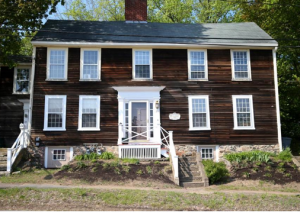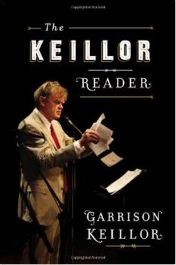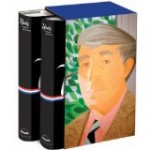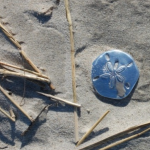This morning The Boston Globe printed an article titled “Updike found ‘the whole mass of middling, hidden, troubled America’ on North Shore,” in which residents who knew Updike react to what biographer Adam Begley had to say about that chapter in Updike’s life, and Begley is quoted as well. “My feeling is that Martha and John drew up the drawbridge,” Begley writes of the Beverly Farms move.
 There’s also a sidebar on “Updike’s North Shore homes” that has no text to speak of—just a briefly annotated list of addresses where John Updike lived from 1957-2007, with Adam Begley’s biography of Updike cited as the source.
There’s also a sidebar on “Updike’s North Shore homes” that has no text to speak of—just a briefly annotated list of addresses where John Updike lived from 1957-2007, with Adam Begley’s biography of Updike cited as the source.
Though the purpose of the articles aren’t stated, it’s clear that there’s plenty of interest in Updike and just as much pride that he called the Boston North Shore home for 50 years:
Little Violet, Essex and Heartbreak roads, Ipswich (1957-58)—The wood-frame cottage Updike and first wife Mary rented when they first moved to town.
Polly Dole House, 26 East St., Ipswich (1958-70)—Historic 17th-century home near downtown Ipswich, upgraded considerably while Updike lived there (pictured).
50 Labor-in-Vain Road, Ipswich (1970-74)—Larger home the Updikes and their four children lived in until John and Mary’s separation.
58 West Main St., Georgetown (1976-82)—After a brief stint living as a bachelor in Boston’s Beacon Hill neighborhood, Updike moved to Georgetown to be nearer his children.
675 Hale St., Beverly Farms (1982-2007)—The stately home near the water where Updike and his second wife, Martha, spent their later years together.
Let the literary pilgrimages begin. What other outcome could there be for an article like this?





